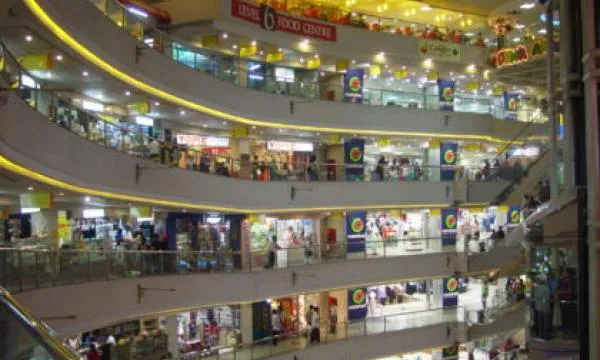
Three ways to keep Thai department stores relevant in 2021
Only 3% of Bangkok’s total retail supply in Q4 2020 came from department stores.
Amidst e-commerce disruption and changing consumer behaviour, Thailand’s department stores will have to fine-tune their business model in terms of customer shopping experience, inventive activities, and value-added programmes in 2021 to continue their status as the second home for Thai shoppers, according to a report from CBRE.
The total retail property supply in Bangkok edged up 1.16% YoY to 7.8 million square metres as of Q4 2020. Out of this, only about 3% was reported to come from the department store format.
“Whilst department stores offer shoppers convenience... allowing the shoppers to find and compare products and choose what they want, the traditional department store model does not fit the needs, lifestyle and behaviour of its shoppers anymore, especially the new generations,” said Jariya Thumtrongkitkul, CBRE Thailand’s head of advisory and transaction services.
The report advised department stores to be more agile in the era of e-commerce, through adoption of some technological innovations, such as in-store automation and mobile payment solutions to reach the younger crowds.
Another recommendation is remodelling traditional department store space into some ingenious and interactive space, with a creative design and right product portfolio mix for customers. For instance, The Mall Group launched its first “Lifestore” concept by redesigning its traditional department store space to enhance customer shopping experience and enjoyment.
Inventive activities related to sales and marketing will also improve adaptability. Domestic players were observed to be pushing hard to drive sales growth through promotions, marketing campaigns and activities, and collaboration with credit card companies during seasonal sales.
“The prices of products being sold in a department store are normally set high to cover the higher establishment and operating costs by operators, narrowing their target to only upper- to high-income customers,” the report noted.
Value-added programmes that may also help the stores include personal shopper, customer loyalty programme, on-demand solution and service personalisation, which have become a trend as customers became more sophisticated and demanding.
“Going forward, CBRE believes department stores still have opportunities by being adaptive. Operators are likewise encouraged to capitalise on the mixed-use nature, specialise on the catchment area’s needs, lean more towards younger customers that are hungry for what is next, as well as adjust existing space to be more innovation-oriented,” Thumtrongkitkul said.
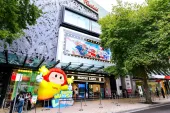



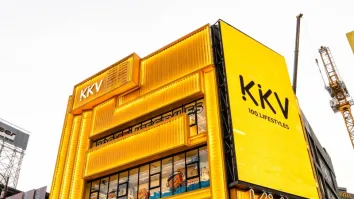
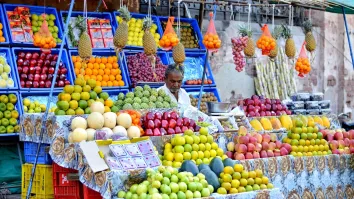







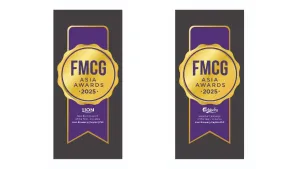





 Advertise
Advertise





